detail profile len lye
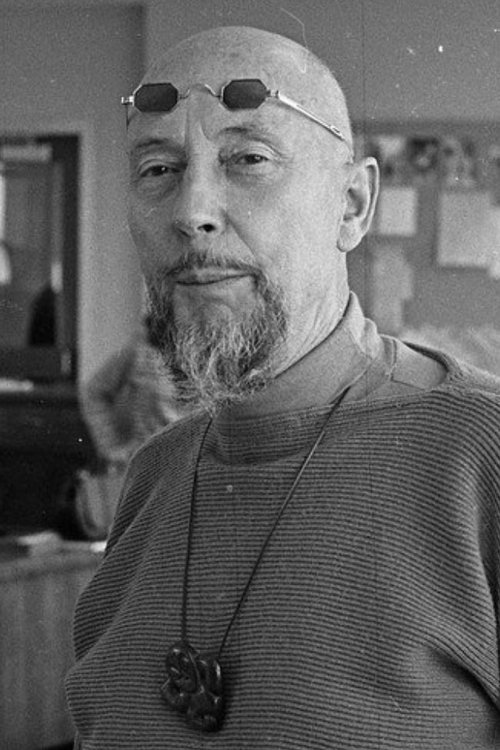
Riwayat Hidup
Leonard Charles Huia "Len" Lye (5 July 1901 – 15 May 1980), was a Christchurch, New Zealand-born artist known primarily for his experimental films and kinetic sculpture.
His films are held in archives including the New Zealand Film Archive, British Film Institute, Museum of Modern Art in New York City, and the Pacific Film Archive at University of California, Berkeley.
Info Pribadi
Peran Yang Di Mainkan Len Lye
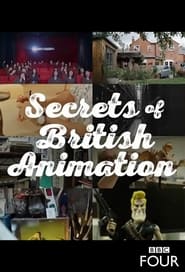 BBC Fours new documentary takes us...
BBC Fours new documentary takes us...Secrets of British Animation 2018
BBC Four’s new documentary takes us on a journey through more than a century of animation. It examines the creative and technical inventiveness of some of the great animation pioneers who have worked in Britain – trailblazing talents such as Len Lye, John Halas and Joy Batchelor, Joanna Quinn, and Bristol’s world-conquering Aardman Animations.
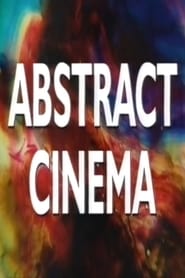 Several wellknown and pioneering abstract filmmakers...
Several wellknown and pioneering abstract filmmakers...Abstract Cinema 1993
Several well-known and pioneering abstract filmmakers discuss the history of non-objective cinema, the works of those that came before them and their own experiments in the field of visionary filmmaking.
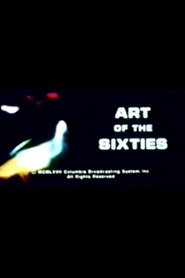 This film documents the major directions...
This film documents the major directions...Art of the Sixties 1967
This film documents the major directions in modern American art during the first seven years of the 1960s. The keynote is that the artist has expanded his realm from the two-dimentional picture frame, climaxed by the artists of the 40s and early 50s, merged color with sculpture, and sought out modern media to express himself. This has produced the characteristic wide spectrum of interest, ideas, and products in contemporary art.
 In this powerful abstract film with...
In this powerful abstract film with...Free Radicals 1958
In this powerful abstract film with a soundtrack of African drum music, Lye scratched "white ziggle-zag-splutter scratches" on to black leader, using a variety of tools from saw teeth to arrow heads. The first version of the film won a major award at the International Experimental Film Festival Held in Brussels in 1958 in association with the World's Fair. Stan Brakhage described the film as "an almost unbelievably immense masterpiece".
 This was another sample promotional film...
This was another sample promotional film...Prime Time 1958
This was another sample promotional film, which Lye offered to television stations. He scratched some dramatic black-and-white abstract images, hand-coloured them, and combined them with African drum music. The film gives us a taste of what Free Radicals would have looked like if it had been made in colour rather than black-and-white.
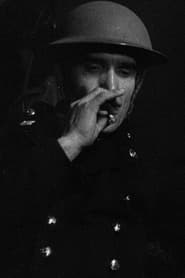 The story of how newspapers were...
The story of how newspapers were...Newspaper Train 1942
The story of how newspapers were distributed during the Blitz, stressing the importance of an accurate and objective press on the home front.
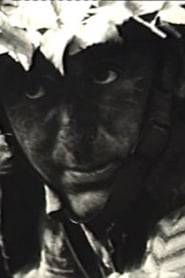 A fictional enactment of the deadly...
A fictional enactment of the deadly...Kill or be Killed 1942
A fictional enactment of the deadly contest between a British soldier and a German sniper hiding in a tree. Kill or Be Killed differs from most army instructional films because of its powerful dramatization.
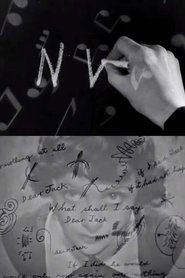 Correspondence between young lovers nearly ends...
Correspondence between young lovers nearly ends...N or NW 1938
Correspondence between young lovers nearly ends in disaster through a mistake in postal district. Fortunately the GPO spots the error and all ends well, but with the moral that correspondents should get the address right.
 Trade Tattoo went even further than...
Trade Tattoo went even further than...Trade Tattoo 1937
Trade Tattoo went even further than Rainbow Dance in its manipulation of the Gasparcolor process. The original black and white footage consisted of outtakes from GPO Film Unit documentaries such as Night Mail. Lye transformed this footage in what has been described as the most intricate job of film printing and color grading ever attempted. Animated words and patterns combine with the live-action footage to create images as complex and multi-layered as a Cubist painting. Music was provided by the Cuban Lecuona Band. With its dynamic rhythms, the film seeks (in Lye’s words) to convey “a romanticism about the work of the everyday in all walks of life."
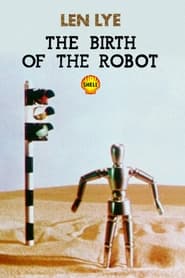 This experiment was a prestige advertisement...
This experiment was a prestige advertisement...The Birth of the Robot 1936
This experiment was a “prestige advertisement” for Shell Motor Oil. As conventional animation became dominated by Walt Disney, many European filmmakers turned to puppets as an alternative, and Lye enlisted the help of avant-garde friends such as Humphrey Jennings and John Banting to make the amusing puppets. Exploring the still-complex color process, which involved the combination of three separate images, Lye creates such a vivid storm scene that reviewers hailed it as “proof that the color film has entered a new stage.” The music is Holst’s The Planets. - Harvard Film Archive
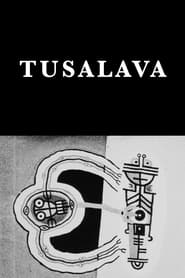 With the screen split asymmetrically one...
With the screen split asymmetrically one...Tusalava 1929
With the screen split asymmetrically, one part in positive, the other negative, the film documents the evolution of simple celled organic forms into chains of cells then more complex images from tribal cultures and contemporary modernist concepts. The images react, interpenetrate, perhaps attack, absorb and separate, until a final symbiosis (or redemption?) is achieved.
 While stocking the shelves at work...
While stocking the shelves at work...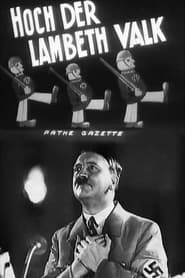 A 1941 Ministry of Information propaganda film...
A 1941 Ministry of Information propaganda film...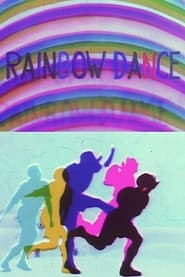 Rainbow Dance is a 1936 British animated...
Rainbow Dance is a 1936 British animated... Animated shapes dance to Cuban music...
Animated shapes dance to Cuban music...